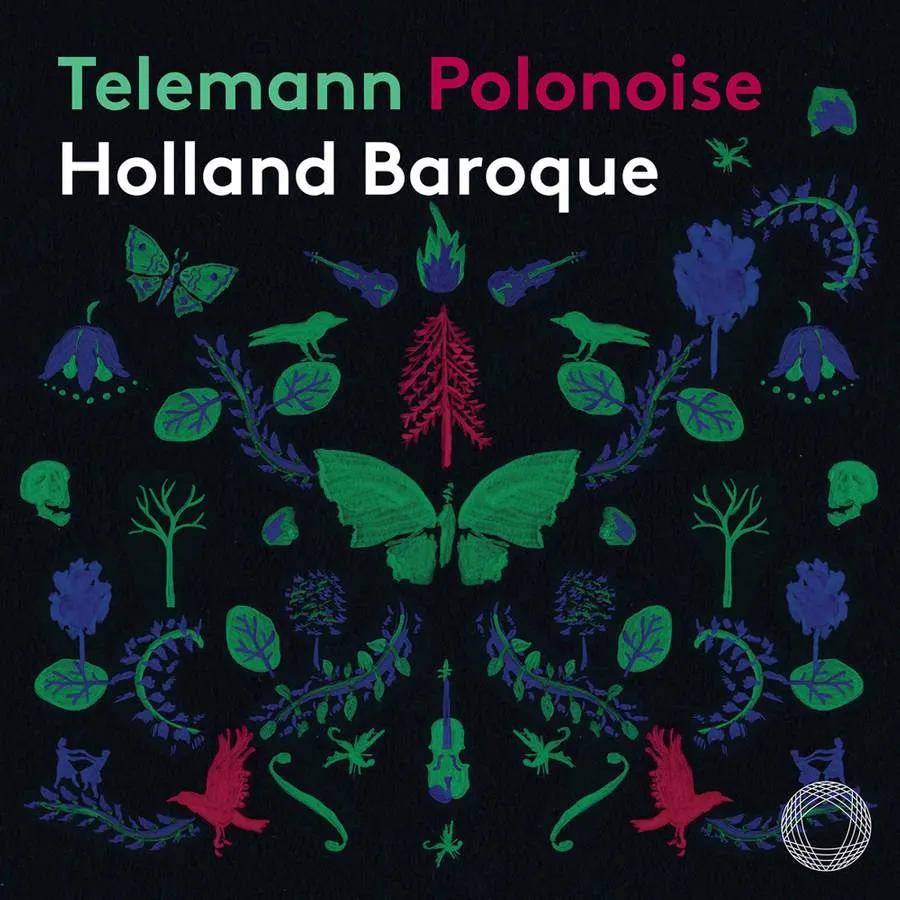
Telemann Polish Dances, TWV45; Partie Polonois, TWV39; Concerto Polonoise in B flat, TWV43:B3; Overture-Suite in D, TWV55:D13 (La gaillarde), etc Holland Baroque Pentatone PTC 5186 878 (CD/SACD) 67:40 mins
Telemann himself acknowledged his fascination with Polish folk music: first encountered early in his life, it left an indelible mark on his music, and contributed, along with French, Italian and indigenous German music, to the mixed style of which Telemann was a fluent master.
Much music on this disc has been recorded in the past. New, though, are several arrangements by the artistic leaders of the ensemble, Judith and Tineke Steenbrink. Most of the arrangements are of short dances from a manuscript discovered in 1987 bearing the title Danse Polonie de Tellemann. These take their place alongside two of Telemann’s most interesting works in the Polish vein, the Concerto Polonoise in B flat and the Concerto alla Polonese in G major. As with the manuscript dances, a suite for two lutes has been arranged for string ensemble – Telemann lovers with long memories may recall a similar arrangement played by Eduard Melkus and his Capella Academica Wien in a late 1960s recording. A handful of dances drawn from the composer’s orchestral ouverture-suites and a group of Hanakian dances belonging to the Hana region of Bohemia make up the remainder of the programme.
Holland Baroque, imaginatively directed by Aisslinn Nosky, consists of three violins, viola, cello, lute and harpsichord. The playing is vivacious and full of character. The musical highlights are the two concertos, already mentioned. The artists revel in the drones, unisons and chromaticisms which lend them such distinctive colour. Two movements of particular charm are the Dolce and Largo, a haunting mazurka, of the G major Concerto.
Nicholas Anderson